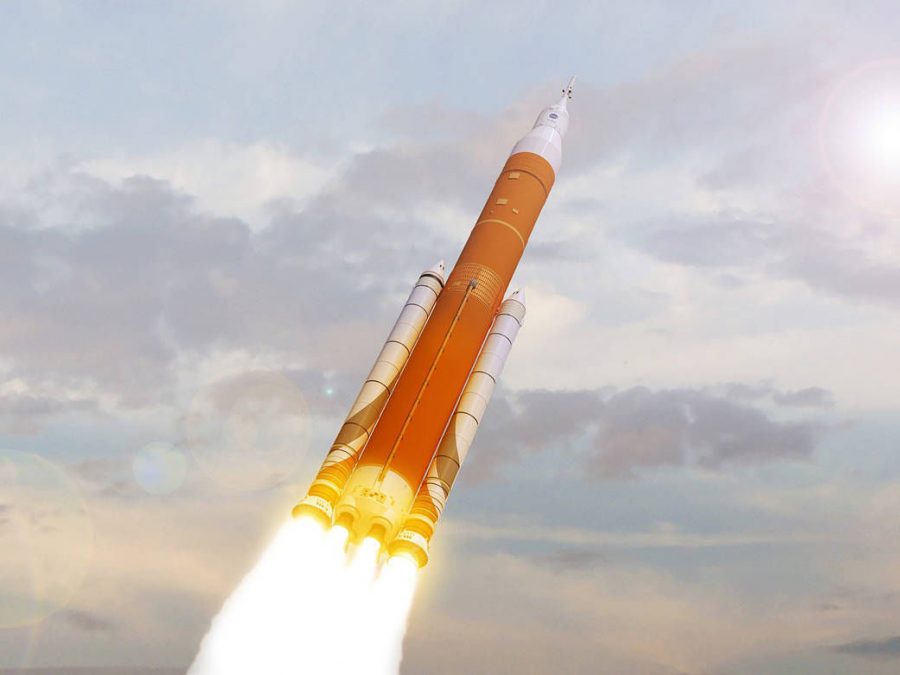NASA signs space act to collaborate with university
February 9, 2017
NASA officials and President Ken Kitts signed a memorandum of understanding that will allow collaboration between UNA and NASA Feb. 7.
“This is NASA and UNA’s first official collaboration under what’s called a space-act agreement,” said Chris Randall, NASA’s external relations office technical liaison. “This will be for the purpose of collaborating with UNA’s College of Business and College of Arts and Sciences. We hope to attract some highly performing students at the university to start collaborating with NASA on some of the patents that we already have available to the public.”
The business department will use an existing class, MG 494 entrepreneurial business plan writing, and make the primary focus of the class to write a business plan taking one of the NASA patents, said Santanu Borah, professor of management and marketing,
Borah said he hopes the class is just the beginning.
“I believe it’s going to be a tremendous thing for our students,” he said. “We told the students that we want this business plan to be the main aspect of your portfolio.”
Senior Natalie Lindgren said she is in favor of the signing because it gives students more resources.
“This would give students a large range of projects and more students would be able to do research,” she said.
Borah said they got the class started before the signing of the agreement to offer the class as early as possible.
“In the fall, we hope it will attract people from other areas,” he said. “We will remove any kind of prerequisites from the class so that anybody who wants to take it, can. We want our students to have a multidisciplinary perspective to things.”
Whitney Young, NASA’s academic and international partnerships manager, said NASA has 4,000 plus patented technologies that officials want to get out into the public.
“We’re mandated to get these technologies out to the general public and this is one way that students can take the patented technology, develop a marketing plan, and of course our hope is that they will license these and start their own businesses,” she said.
Borah said these patents will allow students taking the class to take these ideas and find creative uses for them.
“Right now if nobody uses the patents, then it’s not doing anybody any good,” he said. “So if we find creative uses for the technology, humanity benefits from that.”
Sophomore Danny Franks said he thinks this is a great accomplishment for this area and a good chance for students.
“You really don’t get these kinds of opportunities being from a small town like Florence,” he said. “I think that the patents will be able to give students at UNA a chance to throw some ideas that may one day change the way we do things.”
Randall said this will benefit students as well as NASA.
“One of the benefits of this is to provide students the opportunity to conduct a market analysis, learn how to generate a business plan and be able to put together professional reports that they present not only to the university, but also to NASA in hopes that we can identify some new markets and some new commercial partnerships for some of the technologies that we have developed already,” he said.
He said that if students or faculty would like more information about the NASA patented technology, they can visit the office of technology transfer web page, spinoff.nasa.gov.
Young said there is an intern program at Marshall Space Flight Center in Huntsville for fall, spring and summer, for students who are interested, see intern.nasa.gov.


